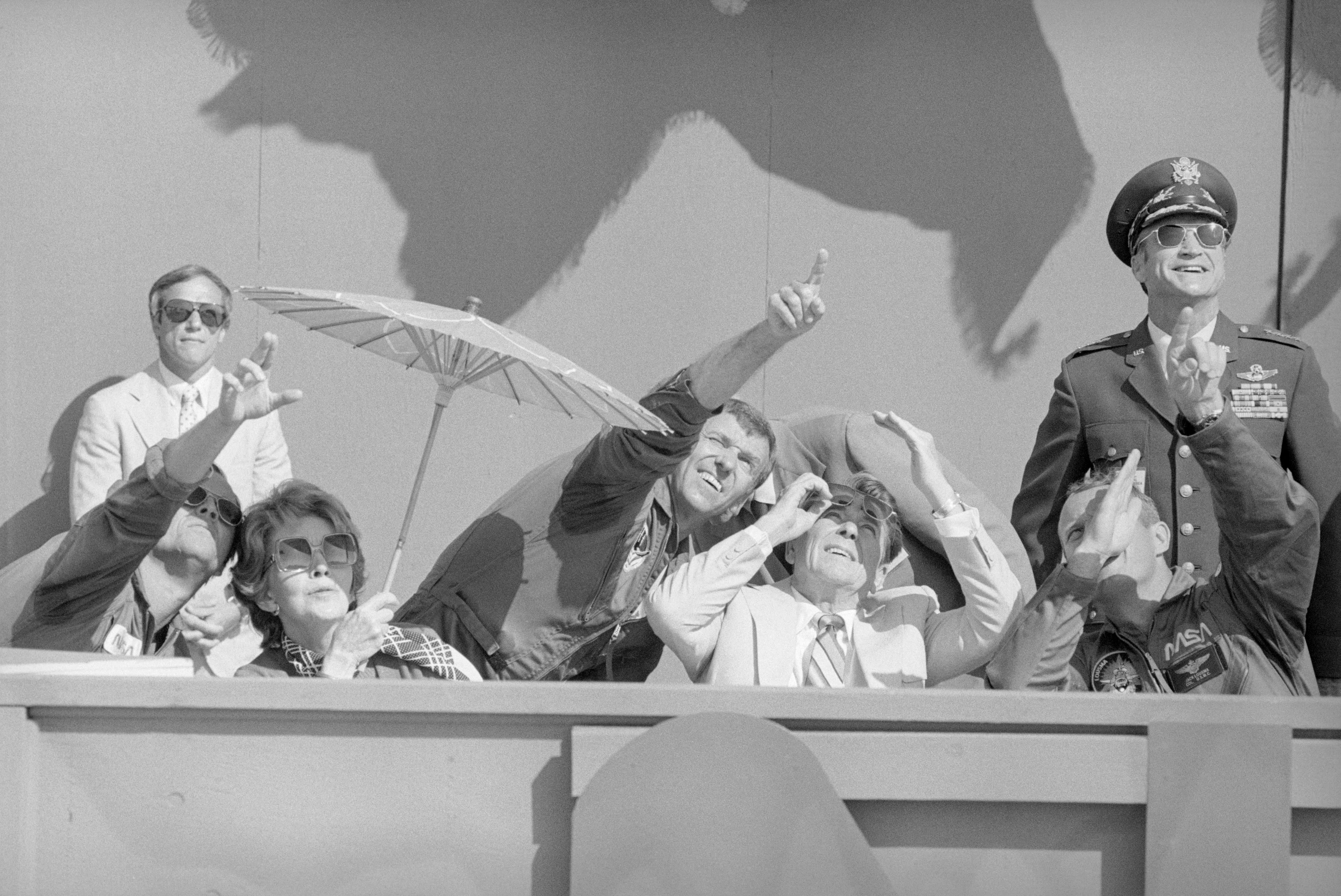
For a solid decade starting in late 1978, NASA launched no planetary science missions, and pretty much the only space science data trickling back to Earth came from the Voyager 1 and 2 flybys of the farthest planets of the solar system, where you’d get three weeks of data and then three to five years of silence—hardly enough to sustain an entire field of scientific inquiry.
While NASA’s top line fared well overall, that money was directed largely to the space shuttle program, which had become something of a flying Statue of Liberty in the public imagination.
The supply-side marauders would still get their squeeze from the agency, however, and that meant science.
Before the toner was dry on new presidential letterhead, the White House told NASA that of Galileo, the Hubble Space Telescope, and the joint NASA–European Space Agency International Solar Polar Mission to study the sun, it could keep two (for now).
Just issue the shutdown command, and we could also switch off this devil-begotten Deep Space Network as well, those gigantic, twenty-story radio dishes required to talk to them?
In one instance, Stan Kent, a California engineer, created what he called the Viking Fund—a private, pass-the-hat effort to cover costs for Deep Space Network downlink time for Viking 1, the last surviving spacecraft on the surface of Mars.
The Viking program had once been the zenith of NASA space science, the most ambitious agency endeavor since the Apollo program, and, when conceived, a prospective precursor to Apollo’s obvious heir: human missions to planet Mars.
Between 1965 and 1976, NASA had sustained a steady sequence of sophisticated Mars probes.The American space program has always marched inexorably toward Mars.The first serious study of how to get to Mars, von Braun’s plan involved a space station and a flotilla of reusable rockets and shuttles, and necessitated a crew of seventy strong for a Martian stay exceeding one Earth year.
He (i.e., von Braun) was by then director of NASA Marshall Space Flight Center in Huntsville, Alabama, de facto “father of the American space program,†and a minor celebrity.
space ambitions, it was von Braun soft selling Mars missions with Walt Disney.
Nevertheless, von Braun’s sequence of space missions culminating in Mars exploration had so defined NASA that it was almost hardwired into the system?Nixon, having zero interest in the space program but even zeroer interest in being the one who ended it, entertained only the space shuttle element as viable because it 1.
